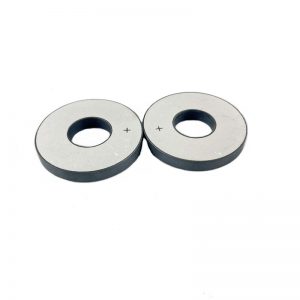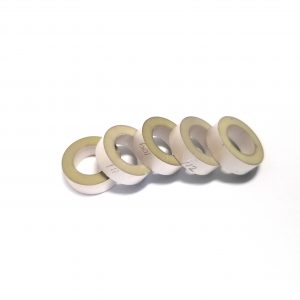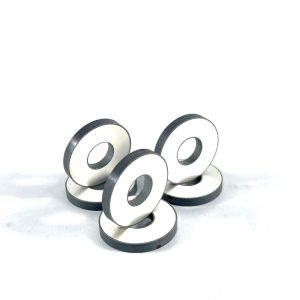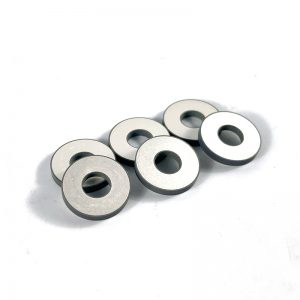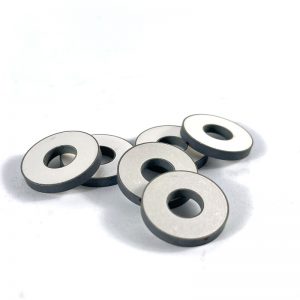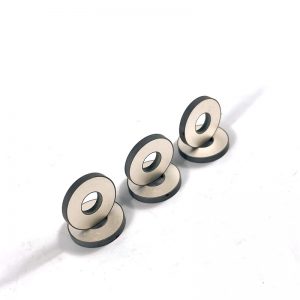 Ceramics that can utilize electrical and magnetic properties in the electronic industry are called electronic ceramics. Electronic ceramics are ceramics with new functions obtained through precise control of surface, grain boundaries, and size structures. It can be widely used in energy, household appliances, automobiles, and other fields.
Ceramics that can utilize electrical and magnetic properties in the electronic industry are called electronic ceramics. Electronic ceramics are ceramics with new functions obtained through precise control of surface, grain boundaries, and size structures. It can be widely used in energy, household appliances, automobiles, and other fields.
The insulator plays the most important role in electronic ceramic substrate materials. Especially for insulation substrates or packaging materials used in advanced integrated circuits, high-purity dense alumina sintered bodies with dimensional accuracy of micrometers or less can be used. High purity dense alumina has insulation properties that metal materials do not possess and thermal conductivity that polymer materials do not possess.
| Especificaciones | Dimensión (milímetro) |
Frecuencia radial (Khz) |
Capacitancia (Pf) |
Factor disipación dieléctrica bronceadoδ(%) |
Coeficiente acoplamiento electromecánico (Kr) |
Impedancia Zr(Ω) |
Frecuencia espesor (Khz) |
| PU — PC25103 | Φ25×Φ10×3 | 66.4 | 1240±12.5% | ≤0.3 | ≥0.46 | ≤15 | 683±5% |
| PU — PC225104 | Φ25×Φ10×4 | 66.4 | 930±12.5% | ≤0.3 | ≥0.46 | ≤15 | 512±5% |
| PU — PC40155 | Φ40×Φ12×5 | 45.9 | 2070±12.5% | ≤0.3 | ≥0.46 | ≤15 | 410±5% |
| PU — PC40155 | Φ40×Φ15×5 | 42.2 | 1960±12.5% | ≤0.3 | ≥0.46 | ≤15 | 323±5% |
| PU — PC40176 | Φ40×Φ17×6 | 40.5 | 1555±12.5% | ≤0.3 | ≥0.46 | ≤15 | 341±5% |
| PU — PC40205 | Φ40×Φ20×5 | 37.9 | 1700±12.5% | ≤0.3 | ≥0.47 | ≤15 | 410±5% |
| PU — PC50206 | Φ50×Φ20×6 | 33.2 | 2490±12.5% | ≤0.3 | ≥0.46 | ≤15 | 341±5% |
| PU — PC501765 | Φ50×Φ17×6.5 | 34.8 | 2430±12.5% | ≤0.3 | ≥0.46 | ≤15 | 315±5% |
| PU — PC50236 | Φ50×Φ23×6 | 31.2 | 2340±12.5% | ≤0.3 | ≥0.47 | ≤15 | 341±5% |
| PU — PC50276 | Φ50×Φ27×6 | 29.3 | 2100±12.5% | ≤0.3 | ≥0.47 | ≤15 | 341±5% |
| PU — PC603010 | Φ60×Φ30×10 | 25.3 | 1922±12.5% | ≤0.3 | ≥0.47 | ≤18 | 205±5% |
 Transductor ultrasónico,Generador ultrasónico,Limpiador ultrasónico — SKSONIC
Transductor ultrasónico,Generador ultrasónico,Limpiador ultrasónico — SKSONIC

